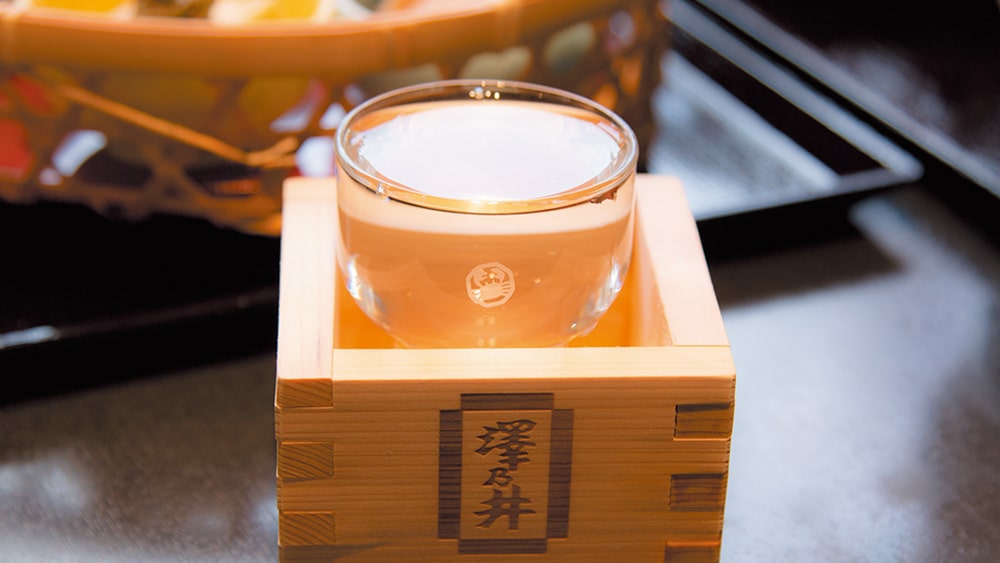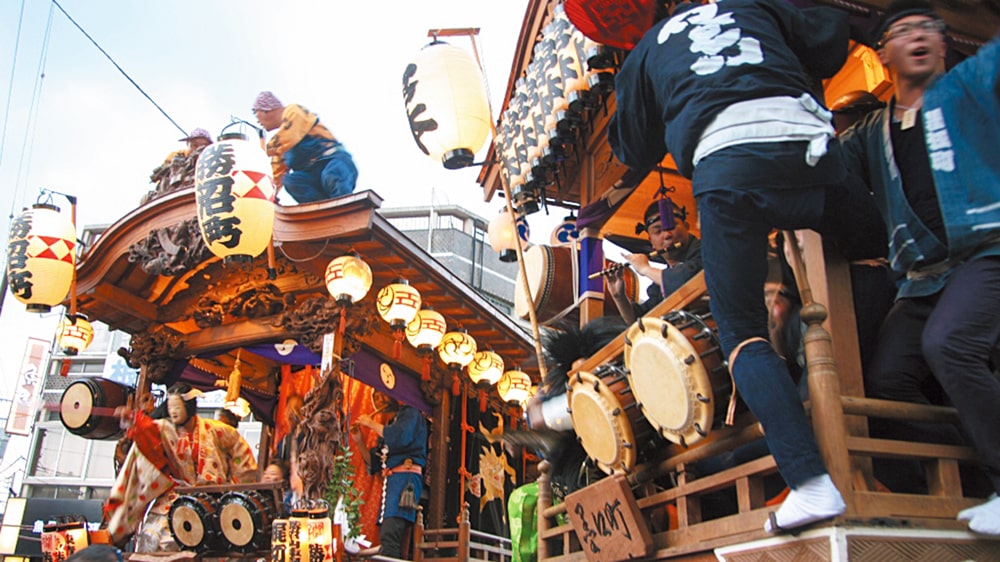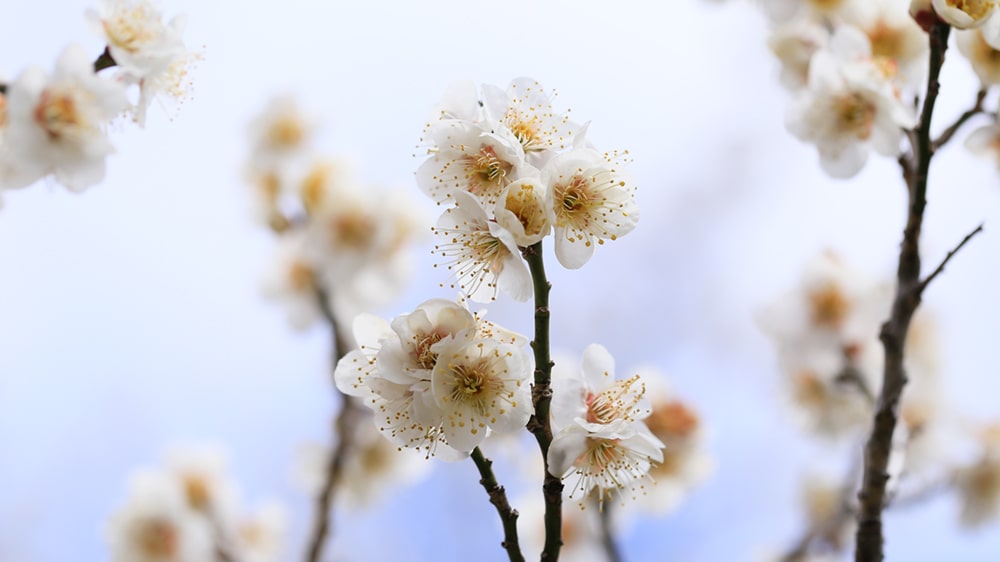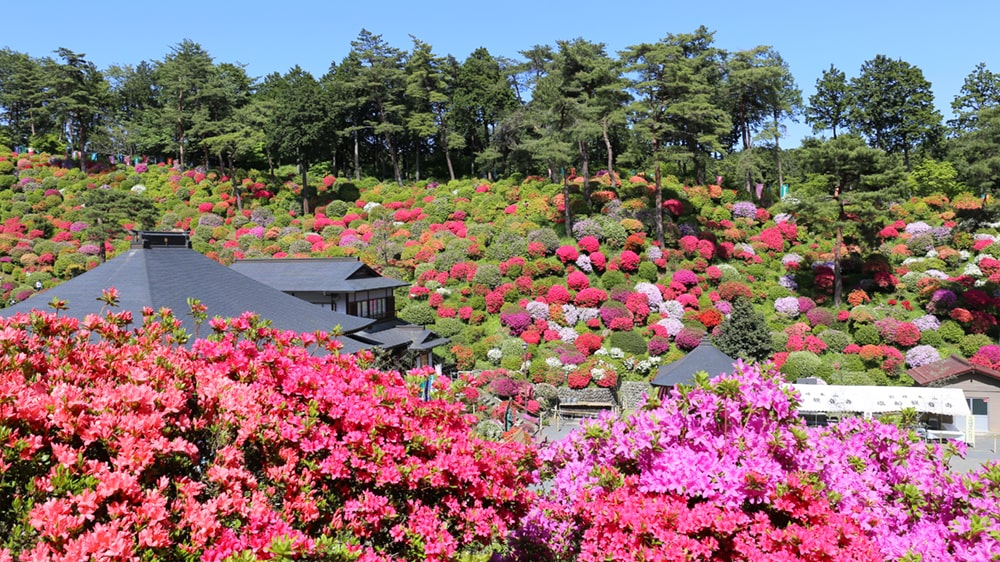History &
Tradition of Ome
Ome was formerly home to a bustling community of almost 800 weavers and fabric dyers.
During the Edo period, the city actively turned out heaps of indigo dyed goods, the color of which was most-beloved by the Japanese and soon to become a symbol of Japanese tradition and spirit; the city is also home to Ome-jima stripes, a type of woven fabric which boomed in popularity among urbane Edoites.
Ome, a town that developed fabrics, sake, temples, shrines, arts and food culture amidst plentiful nature.
Just like the indigo fabrics which grow deeper and darker with each dyeing, a tale of “Ome Blue” is woven here from culture, history, and tradition.


Revival of the Village
of Plum Blossoms
Yoshino Baigo, selected as the No.1 place in Japan for plum blossom viewing.Plum blossoms are the symbol and pride of Ome.
In 2009, plum pox virus was detected for the first time in Japan amongst Ome’s plum trees, meaning that over 30,000 trees had to be cut down, but in autumn of 2016, thanks to the valiant efforts of a large number of people, the plum trees have been replanted and the area took the first step on the road to recovery.
Transforming the former “village of plum blossoms” into a new plum blossom village filled with attraction and impression….
The people of Ome—local citizens, groups, businesses—are working together to achieve such aim.


